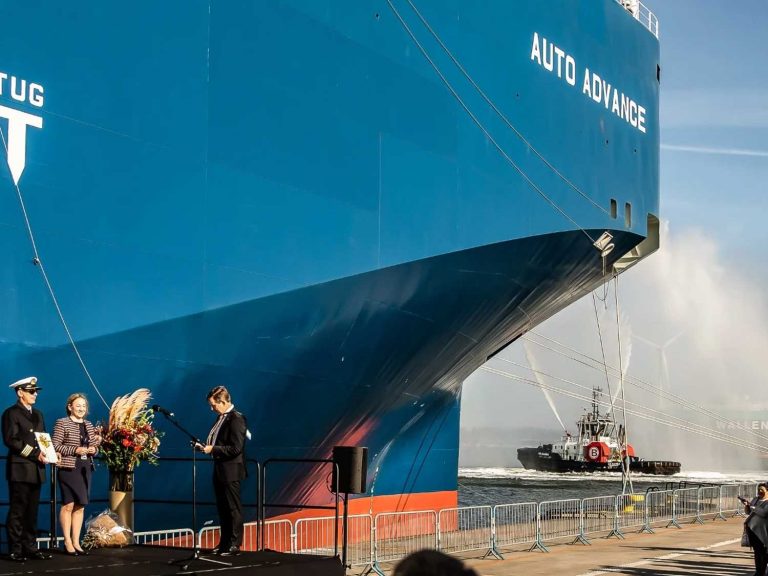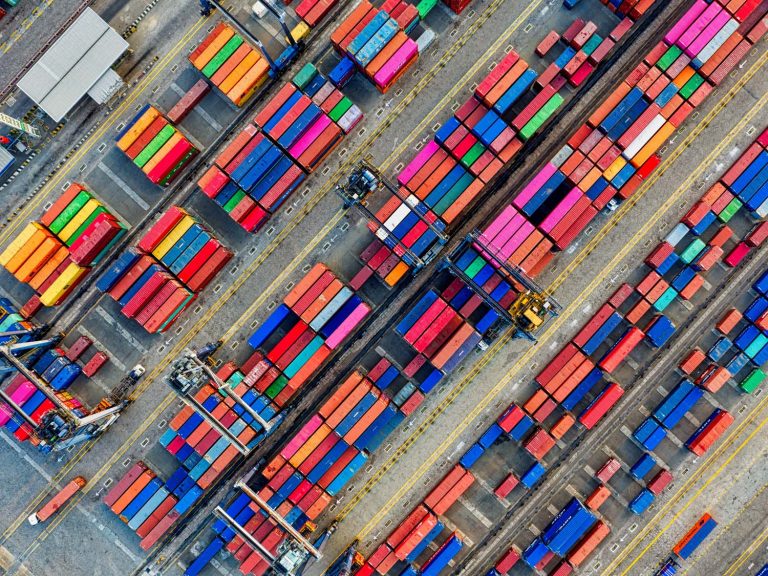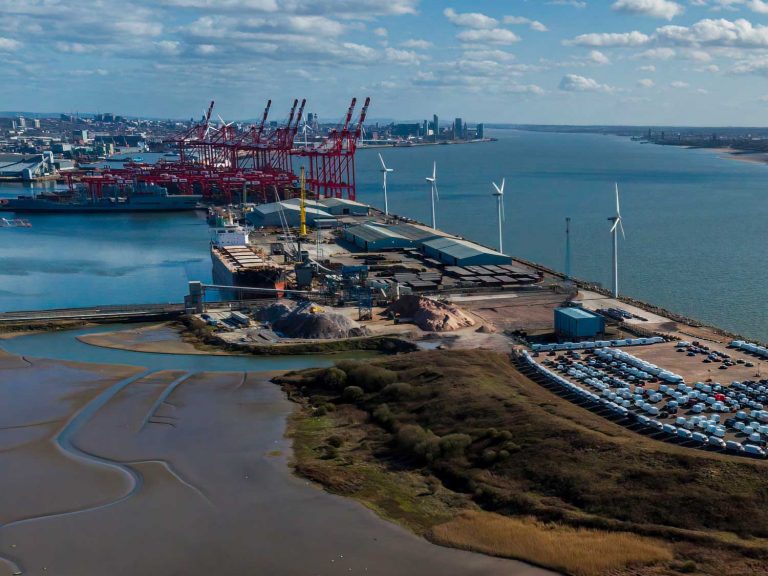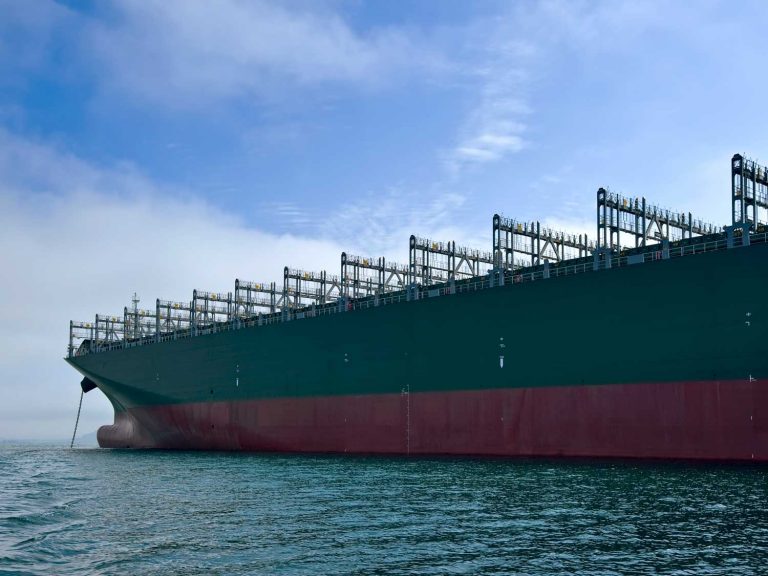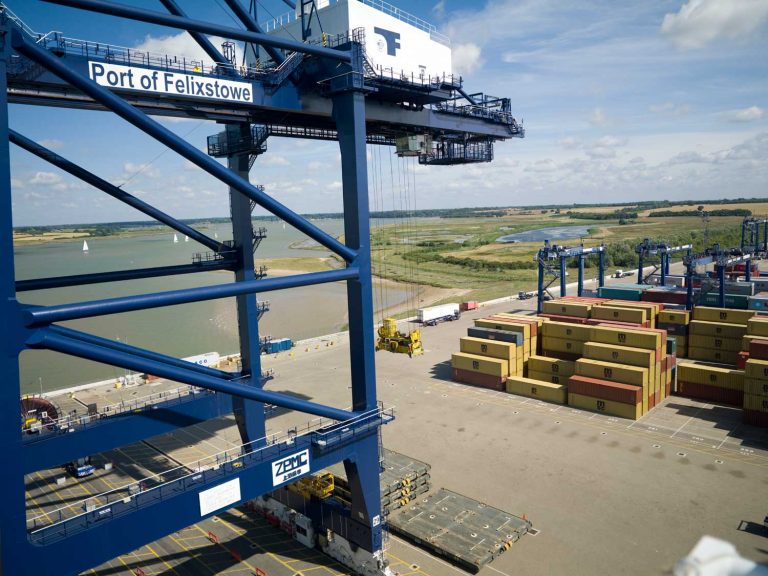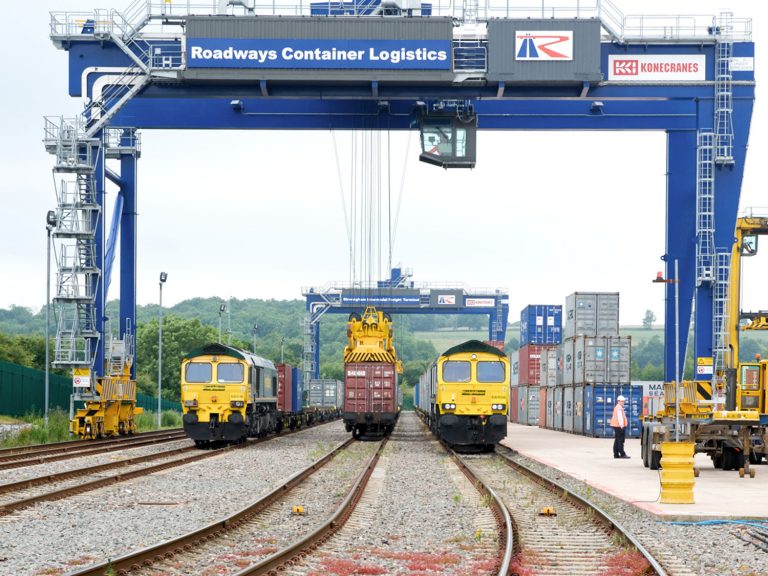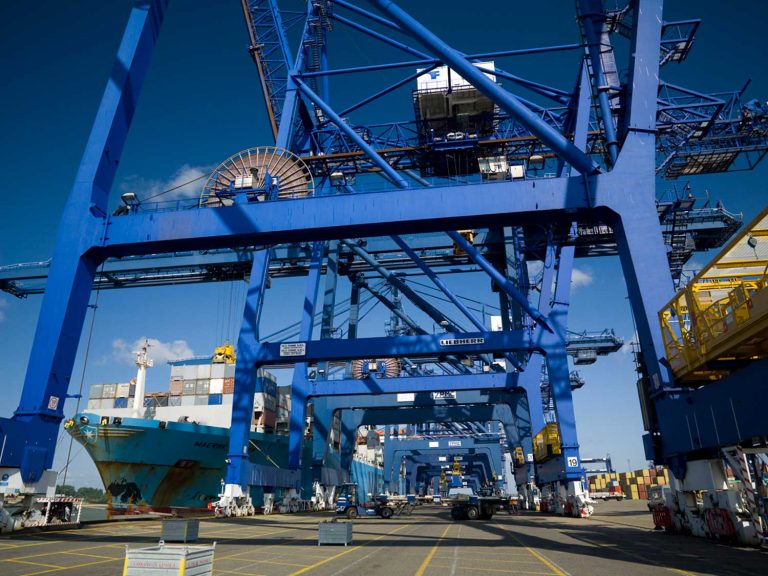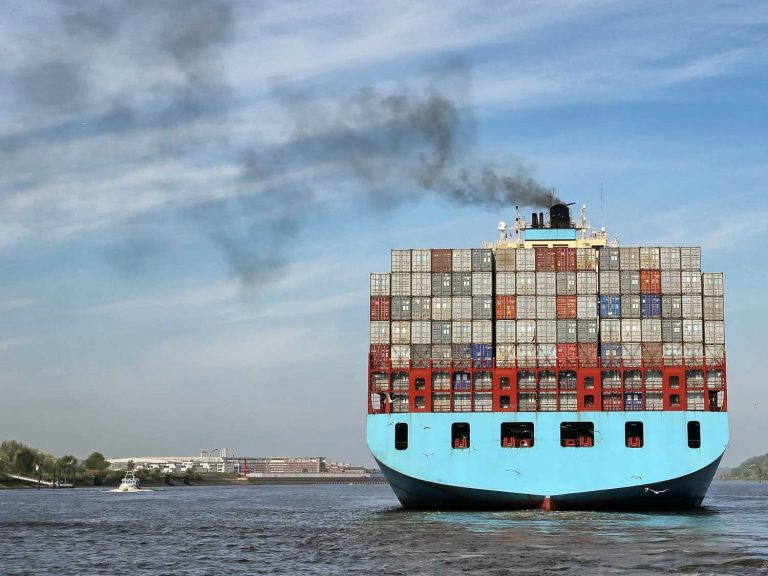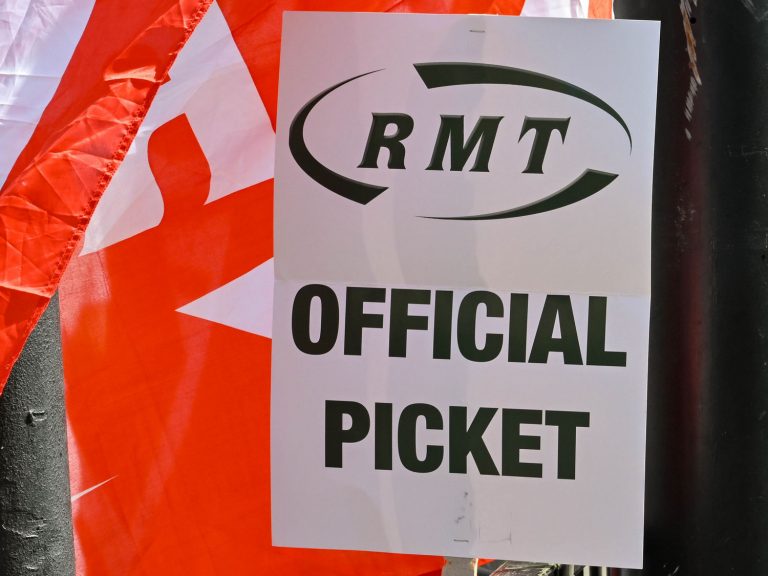Metro witness the launch of environmental first – reducing vehicle carbon emissions before they have ever been driven
Operating a fleet of 17 pure car and truck carriers, United European Car Carriers (UECC) is the leading RoRo provider of short sea services for cars and other rolling cargo. Leading customer, Metro, was invited to Zeeburgge, to witness the naming of the world’s 1st hybrid pure car and truck car...
Read more Schedule reliability and port congestion in decline
The latest, market leading source, Sea-Intelligence schedule reliability figures show a slight decline of 0.7% in September to 45.5%, which is the first fall since reliability began to trend upwards in April and follows the year’s largest reliability increase of 5.8% in August.
The average d...
Read more Metro are getting BIGGER in Europe
Metro has been shipping freight to, from and across Europe since 1981, using road, rail and short-sea services to create country and product-specific transport solutions. Our new Head of European Services, Matt Paxton-Rhodes, wants to make these award-winning solutions available to more shippers,...
Read more UK container port strikes continue
Dock worker strikes at Felixstowe and Liverpool, which overlapped for seven days, ended this week still without agreement and the likelihood of further disruption appears inevitable, with Liverpool members of the Unite Union preparing to stage a second walkout, from the 11th to 17th of October.
...
Read more Environmental developments you may have missed
While we continue to drive forward our ‘green’ initiatives, by selecting environmentally focused partners and further developing our MVT ECO platform in managing, measuring and offsetting carbon emissions, we also monitor ‘green’ developments that may impact our sector.
The Hydrofoil a...
Read more Carriers stepping up Golden Week capacity cuts
For much of the last two years, container shipping lines have struggled to maintain sufficient capacity to meet demand, but in recent months demand has fallen away, which means that some vessels are not fully utilised, with carriers blanking more sailings and reducing supply u...
Read more Shippers brace for Felixstowe and Liverpool walkouts – a double whammy
Strikes at the key container ports of Felixstowe and Liverpool commenced at the latter on the 19th September and will continue to the beginning of October, with dates overlapping for maximum disruption.
Dock workers began their planned two-week strike at Liverpool port on Monday, 19th Septembe...
Read more Potentially disruptive rail strike averted in US, while, unfortunately, UK braces for more
President Biden’s administration has averted a rail strike that would have caused further issues within the country’s fragile supply chain infrastructure, while rail strikes will recommence in the UK from October, following the recent deferment of the original a...
Read more Threat of port strikes to Christmas
Dock workers at Felixstowe finished their first strike in over 30 years on Sunday, after members of the Unite union withdrew their labour for eight days in a dispute over pay, with Unite members at the Port of Liverpool announcing it is likely to follow suit within weeks.
The&nb...
Read more US inland port will reduce pressure on Los Angeles and Long Beach
The Mojave Inland Port site is adjacent to the Mojave Air and Space Port, a fully operational airport capable of accommodating large cargo aircraft, with a Union Pacific rail line running through the site and the capacity to handle up to 3,600 trucks a day and three million containers per ye...
Read more If you use ocean freight you can’t ignore IMO 2023 – what is it?…read on to find out the implications.
The supply chain challenges that have been driven by the pandemic and continue today with endemic congestion and disruption are significant and need attention, but preparation is needed for significant changes and challenges that are waiting just around the corner.
For close on two years every...
Read more Felixstowe | Liverpool | Railways: Ocean freight container supply chains face triple strike challenge
With rail workers striking tomorrow and Saturday nationally and the Felixstowe Port strike starting on Sunday, for potentially eight days, UK supply chain operations and infrastructure are facing the biggest industrial action challenge in decades.
Two of the UK’...
Read more 
